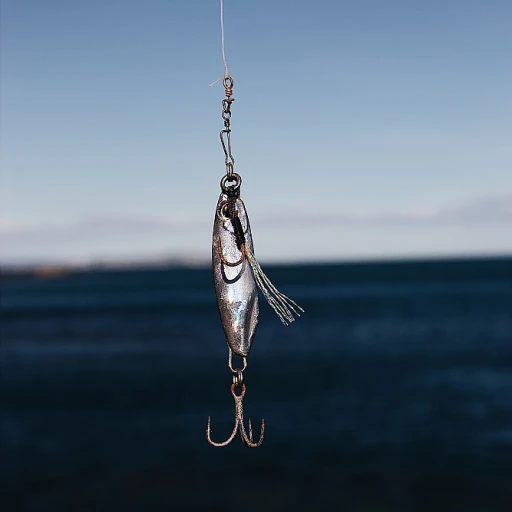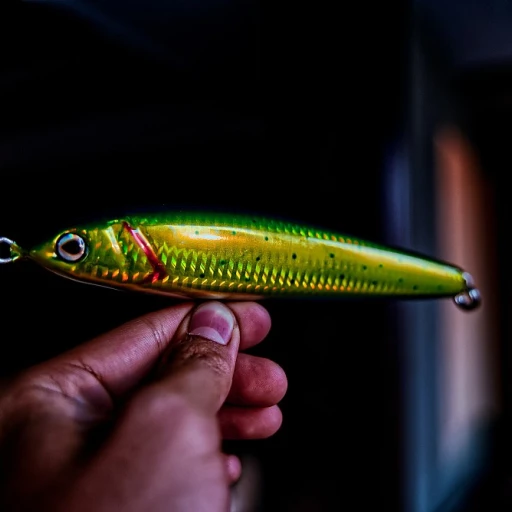
Dive into the Depths of Fishing Line Differences
Ever been caught up in the twisted labyrinth of fishing tackle? If your answer is 'yes', you're not alone. Even seasoned recreational anglers may find choosing the right fishing line a challenging task. With a myriad of fishing lines like monofilament, fluorocarbon, and braid, making an informed decision is like trying to find Nemo in the ocean - it's tough but not impossible (and we all know how that movie ended - spoiler alert, they found him!).
In our pursuit of untangling this complex web, we'll dive deep into two popular fishing lines – monofilament and fluorocarbon.
Monofilament Fishing Line – One Line to Rule them All?
The monofilament line, fondly known as 'mono' amongst angler circles, is an all-rounder. It's easier to knot, cost-effective, and offers stretch for a better fighting chance with aggressive fish. But, remember, easier doesn’t always mean better. Consider it as the 'cheese pizza' amongst fishing lines – it's good, but sometimes you crave toppings!
Fluorocarbon Fishing Line – The Invisible ‘Aquaman’
Bearing a close resemblance to underwater king Aquaman’s invisible power, the fluorocarbon fishing line is almost invisible underwater, providing an edge that mono can't match. Add its superior abrasion resistance, and you could potentially have your very own fishing superhero (cape not included).
Let’s Tangle – Monofilament vs Fluorocarbon
Let's get down to business and see how these two lines compare on the following parameters:
Invisibility: Fluorocarbon takes the win here, as it becomes nearly invisible underwater. So, if you’re planning on fooling a finicky fish, a fluorocarbon line would be your secret weapon. ‘Now you see me, now you don’t!’
Durability: Compared to mono, fluorocarbon shows superior abrasion resistance. It's like choosing between a regular car and one with added bumper protection. Although both will get you there, one most certainly offers better protection.
Price: If you’re budget-conscious, a fluorocarbon line's cost might make your pocket wince in fear. It's pricier compared to the more economical mono line. After all, superhero powers come with a cost!
Are You Reef-Ready?
Your choice would also depend on where you’re fishing. For reef scenarios where hiding the line from vigilant fish could be crucial, an invisible line like fluorocarbon could enhance your chances of success. Think of it as camouflage to sneak up on your aquatic adversary. But if you're fishing in murkier waters or the waters teeming with less finicky fish, a mono could perfectly fit the bill.
Final Cast
Ultimately, the choice between monofilament and fluorocarbon boils down to your specific fishing scenarios and preferences. Don’t let the pool of complexity bog you down. Go ahead and throw your line - the catch is worth it!
Remember as the saying goes, the fishing line you choose can mean the difference between 'the one that got away' and 'Dinner is served'.

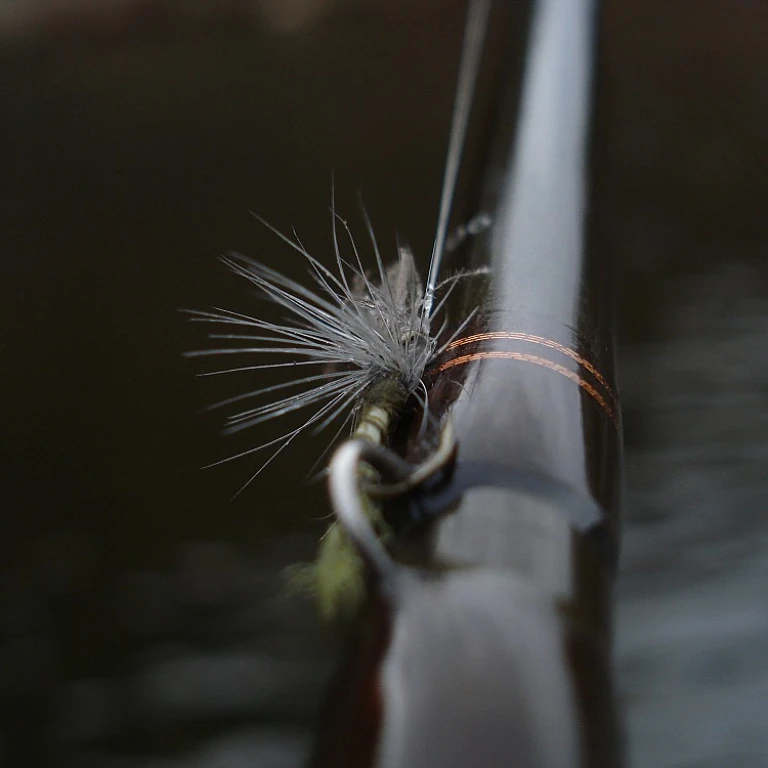
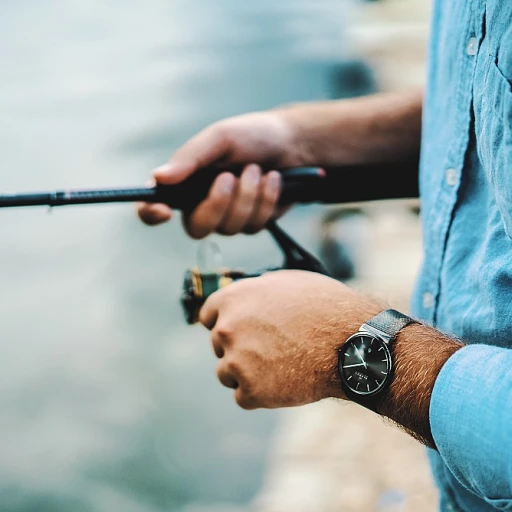
-large-teaser.webp)
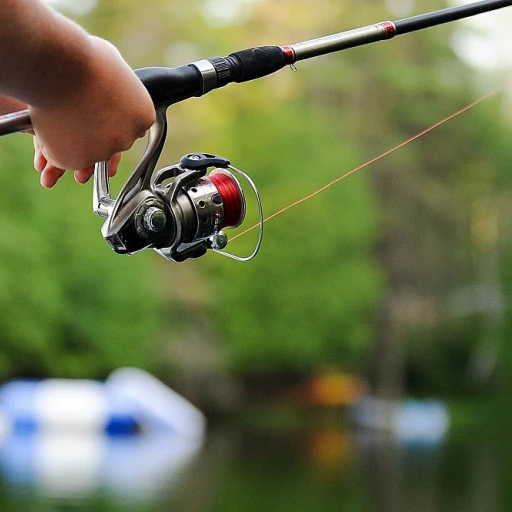
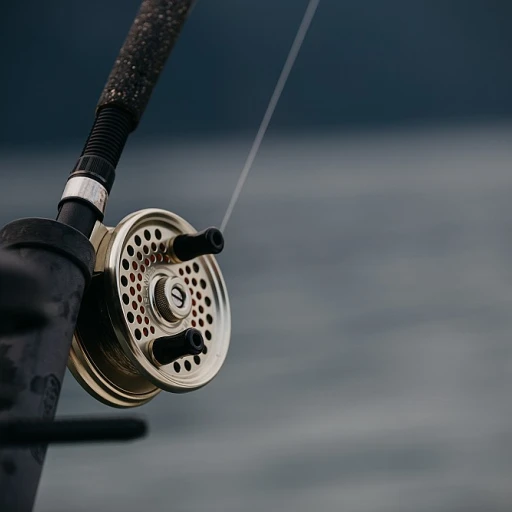


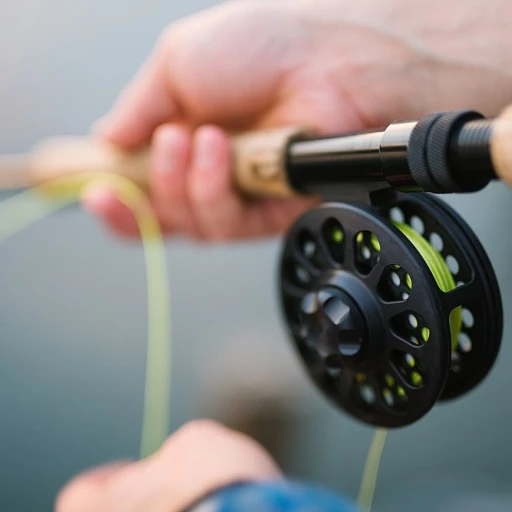
-large-teaser.webp)
